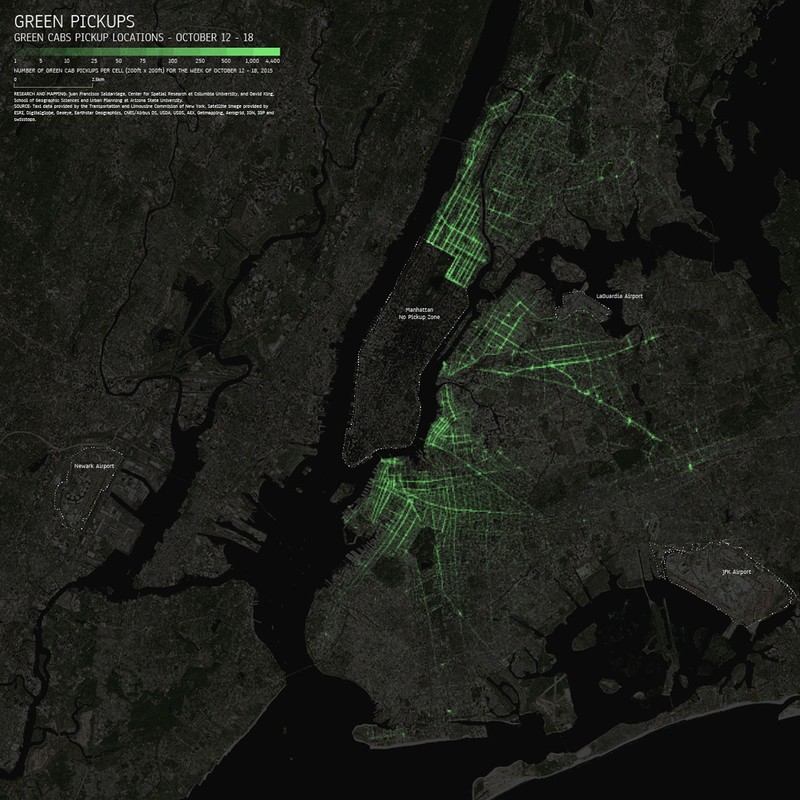Environmental Costs of Spatial Regulation of Taxicabs
Columbia University, 2016
Taxicabs are ubiquitous in cities throughout the world, and provide critical transit services for residents and travelers. In practice throughout the United States, taxicabs are often regulated locally, where separate municipal licenses are required to pick up passengers in individual cities. This means that for any trips outside of licensed city boundaries taxicabs are forced to make "deadhead" trips, where drivers is prohibited from picking up a passenger for a return trip due to license constraints so makes the trip empty. Such license restrictions exist for new smart phone enabled taxi services as well. These deadhead trips result in wasted fuel, congested traffic and diminished taxi services. Yet for these observed effects, there has not been significant scholarly interest in measuring these costs caused by fragmented licensing. This research helps fill this void by analyzing deadhead taxi travel caused by licensing restrictions in the New York City region.
New York City recently introduced a special taxi category designed to improve taxi access in previously underserved areas of the city. These Green Taxicabs, as they are called, can drop off passengers anywhere in the city but are restricted from picking up passengers in the central business districts and at any of the region?s airports. This program allows for study of a natural experiment of spatial restrictions on taxicabs through GPS data collected for all Green and Yellow taxi trips in the city. These data are rich with spatial and use characteristics. We analyze all New York City Green and Yellow taxi trips for a one-week period in October 2015 and find that over 20 percent of all Green Taxicab trips result in a deadhead return trip resulting nearly 500,000 km (about 300,000 miles) per week of deadhead travel.



